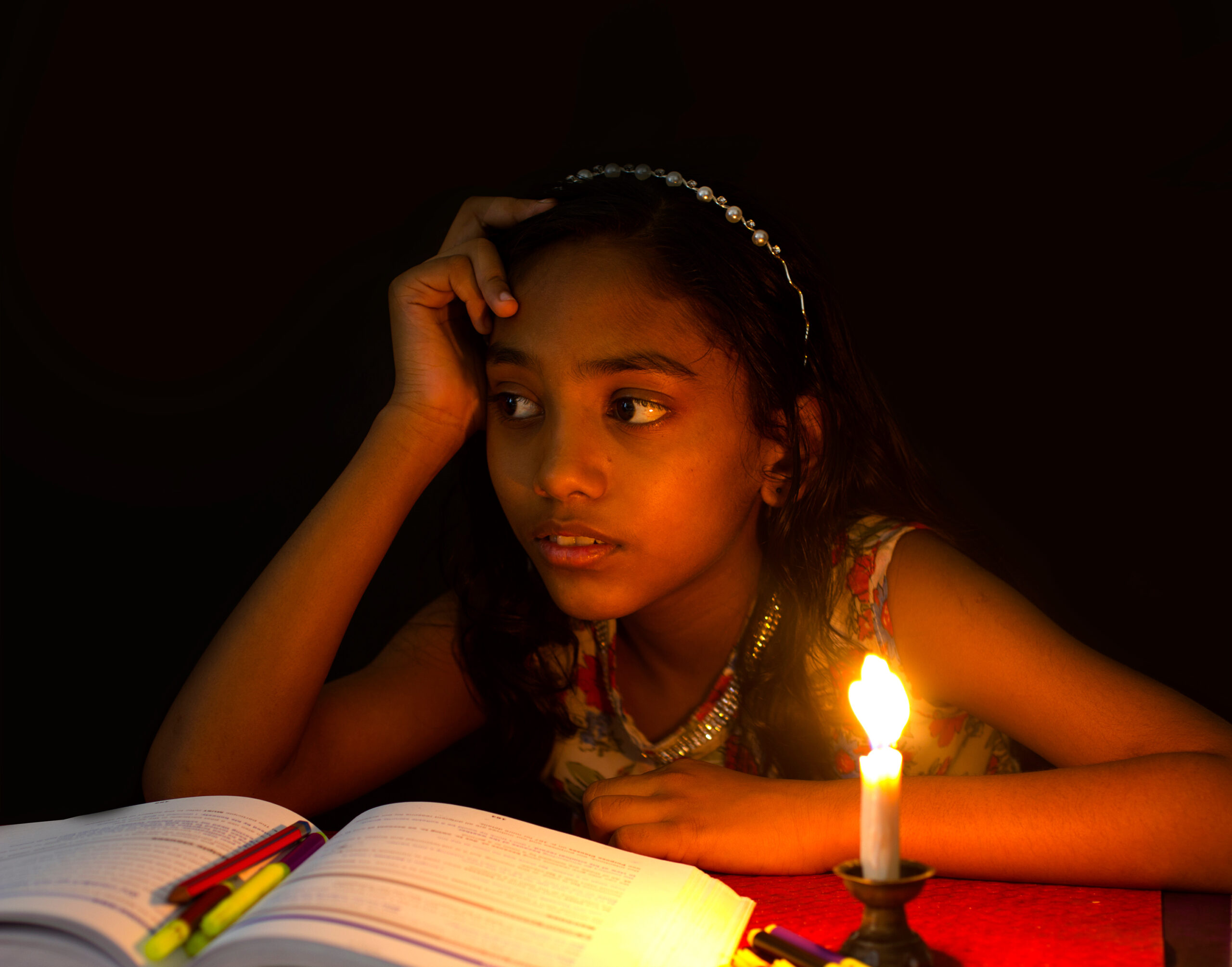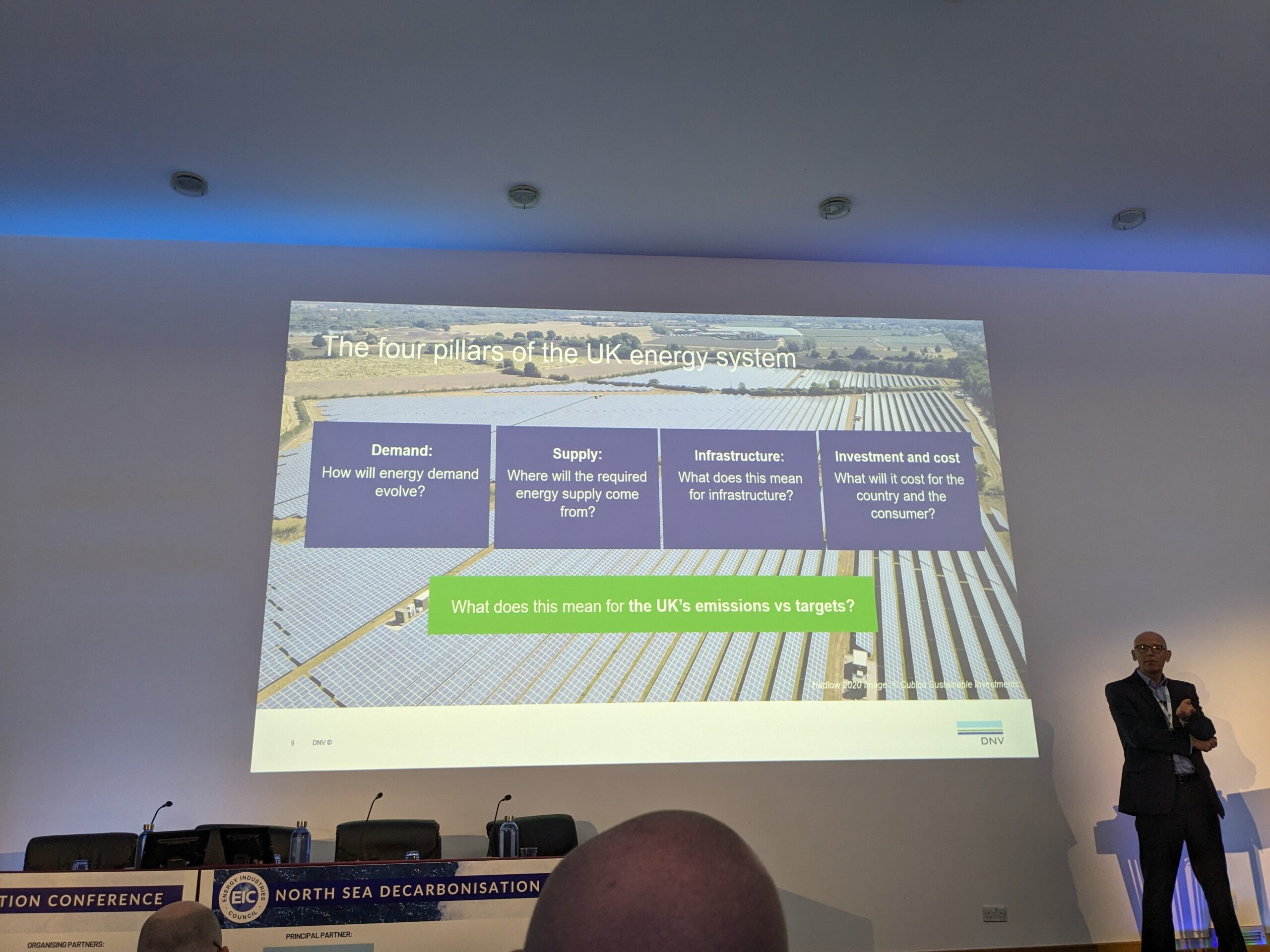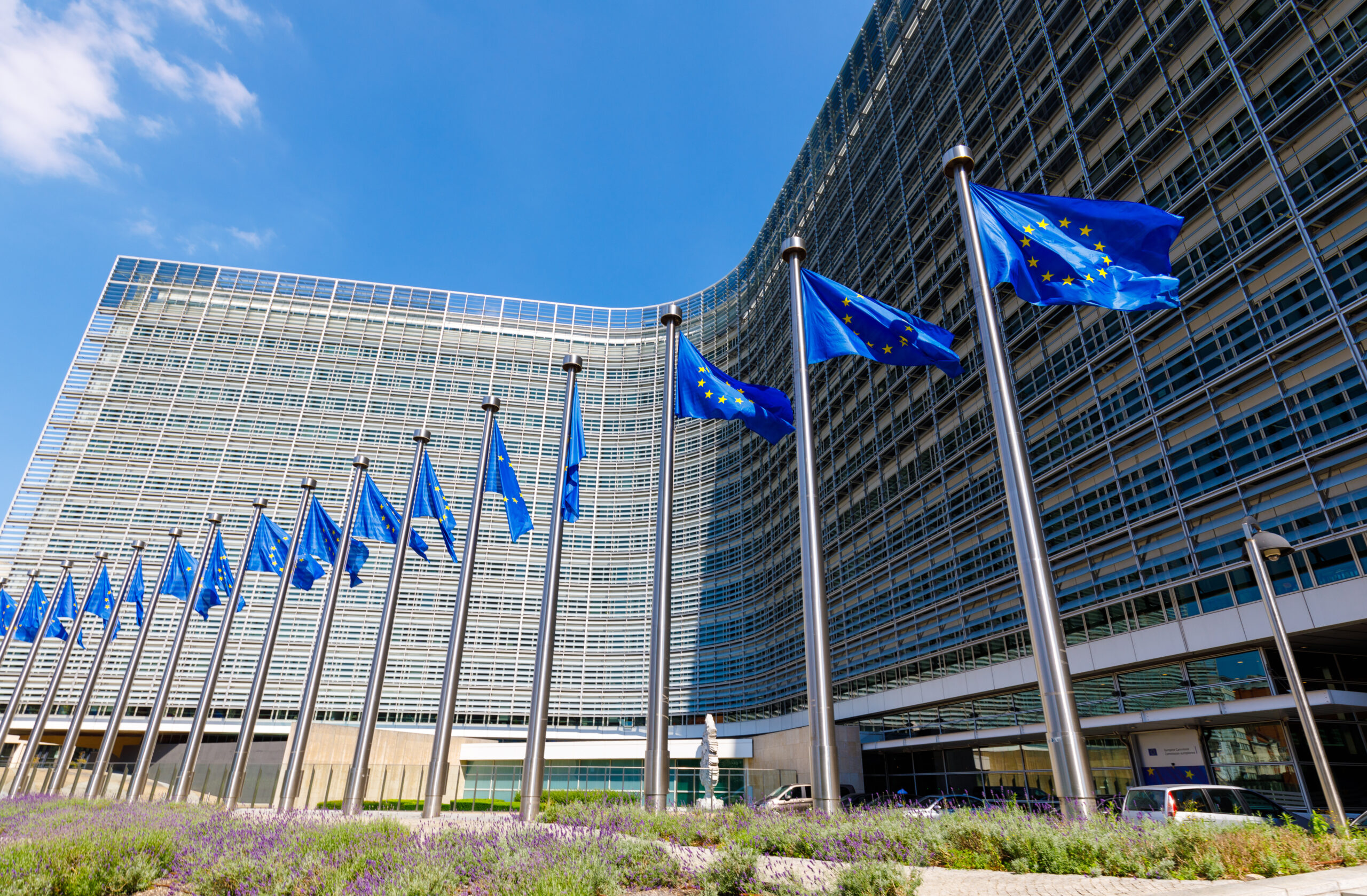Bangladesh power crisis vindicates energy transition
Russia’s invasion of Ukraine has led to a sharp escalation in fuel prices, making it difficult for the import-dependent nation to keep the lights on.

Bangladeshi Prime Minister Sheikh Hasina on March 21 proudly announced that the country had achieved complete electrification, a major milestone considering only 47% of the population had access to power in 2009. However, the four-fold jump in capacity since then to over 22,000 MW has not been able to save the South Asian nation from crippling power shortages as Russia’s invasion of Ukraine has led to a sharp escalation in fuel prices, making it difficult for the import-dependent nation to keep the lights on.
Earlier in July, Nasrul Hamid, the State Minister of Power, Energy and Mineral Resources, in a Twitter post, apologised for the inconvenience that 167 million citizens had been facing with power generation hampered due to gas shortages. Bangladesh’s actual peak evening generation on Jul 10 was just 11,760 MW with over 5,000 MW shut either due to fuel shortages or maintenance issues.
Statistics on state-owned Petrobangla’s website showed that domestic gas supplies contracted to 2.4 billion cubic feet a day on July 9-10, which includes 499 MMcf/d of liquified natural gas, from 3.12 BCF/d just a month back, which included 755 MMcf/d LNG. The gas supplies have been hit as Dhaka has decided against importing super-cooled fuel on a spot basis as the spot prices are hovering around $40/MMBtu.
Bangladesh had halted LNG imports on a spot basis last year too as the prices rocketed in winter. Bangladesh buys 42% of its LNG on a spot basis due to which spot market volatility has had a particularly destabilising effect on Bangladesh, causing gas and power shortages, Sam Reynolds, an energy finance analyst with the Institute for Energy Economics and Financial Analysis (IEEFA) told Gas Outlook.
The government is saying power shortages will ease only in September when new coal-fired capacities come on stream, helping cut reliance on oil and gas-fired plants. Power distribution companies have suggested measures like reducing office hours and also less use of air-conditioning to save power.
Fuel subsidies
Even as the government is struggling with a power crisis, analysts are drawing attention to the country’s flawed energy mix, which has stoked the latest crisis. Fossil fuels are deeply entrenched in Bangladesh’s energy mix. According to BP’s latest Statistical Review of World Energy, gas accounted for 68%, oil 23% and coal 8% of Bangladesh’s primary energy mix in 2021. Gas is the key source for power generation, accounting for 66% of actual generation, liquid fuels another 24% and coal 5%.
Bangladesh’s fossil fuel addiction is partly due to heavy subsidies offered by the government on fuels and electricity. Over the years their share of total subsidies has substantially increased to 79.8% in the fiscal year ended June 2022 from 52.9% of the total subsidy bill in the fiscal year 2017, according to the Dhaka-based think-tank Centre for Policy Dialogue (CPD).
For the fiscal year ended June 2022, the government had budgeted for 538.52 billion Taka ($5.8 billion) in subsidies but it swelled to 668.25 billion Taka ($7.2 billion), accounting for 1.7% of GDP, due to higher expenditure on fuel, electricity, gas and fertilizer. For the fiscal year starting Jul 1, the government has increased its subsidy budget to 827.45 billion Taka ($8.9 billion), or 1.9% of GDP.
The World Bank, in its report last month, noted that energy subsidies as a share of government expenditure are highest in Bangladesh, the Maldives, and Pakistan. With already high energy costs and an uncertain outlook, the region could face additional pressure on inflation—despite the dampening effect of subsidies—and larger current account deficits, it noted.
Bangladesh’s problem is not only high dependence on fossil fuels, a big chunk of which are imported, but also that the power system has developed excess capacity due to the government’s power purchase agreements which means it has to pay even for unused power. Between 2017 and 2022, generation capacity has increased by 88.5% while per capita consumption is up only 37%, according to CPD.
Over a third of the country’s capacity is unused, creating stranded generation assets that are paid to sit idle. Between the fiscal year ended March 2017 and 2022, generation capacity increased by 88.5% while per capita consumption increased by 37%. The share of over generation capacity in terms of total capacity has increased to 42.1% in fiscal year ended June 30 2022 from 37.4% in fiscal year ended June 2021.
Over-capacity burden
The LNG crisis “clearly demonstrates that LNG is a financially unsustainable energy option for Bangladesh,” says IEEFA’s Reynolds. A total of $18 billion of LNG projects are still planned in the southern Chattogram region alone despite the fact that the country is dealing with an over-capacity burden, he added.
Rather than continuing to build out reliance on imported LNG and gas-fired power plants, a more sustainable, economically viable solution to the current crisis would be to rapidly increase plans for renewable energy deployment, feels Reynolds.
Khondaker Golam Moazzem, a research director with CPD, said that the government should focus on domestic fuel sources like locally available offshore gas and also tap both off-grid and grid-connected solar power options.
Analysts are upset that despite the surging subsidy bill, the government did not give any importance to renewable energy in its latest federal budget. The government has a target of making renewables account for 10% of its power generation mix by 2025 while it actually accounts for just 3% now. In the budget for the latest financial year, the government imposed a 1% import duty on solar panels and modules. This is seen as regressive for it will raise costs as there is a lack of domestic production of solar panels and modules.
Bangladesh’s move to diversify its energy mix by including nuclear as part of the power generation mix too could face challenges now. Bangladesh is building the 1,200 MW Rooppur nuclear power plant with Russia’s nuclear reactors at a cost of $12.56 billion. The plant, which was to start operations from 2023, could now face delays due to sanctions on Russia.
Prime Minister Hasina has announced plans to achieve 40% renewable energy by 2040 as part of shifting from fossil fuels towards clean energy, but for this to happen there will need to be an enabling policy environment.



